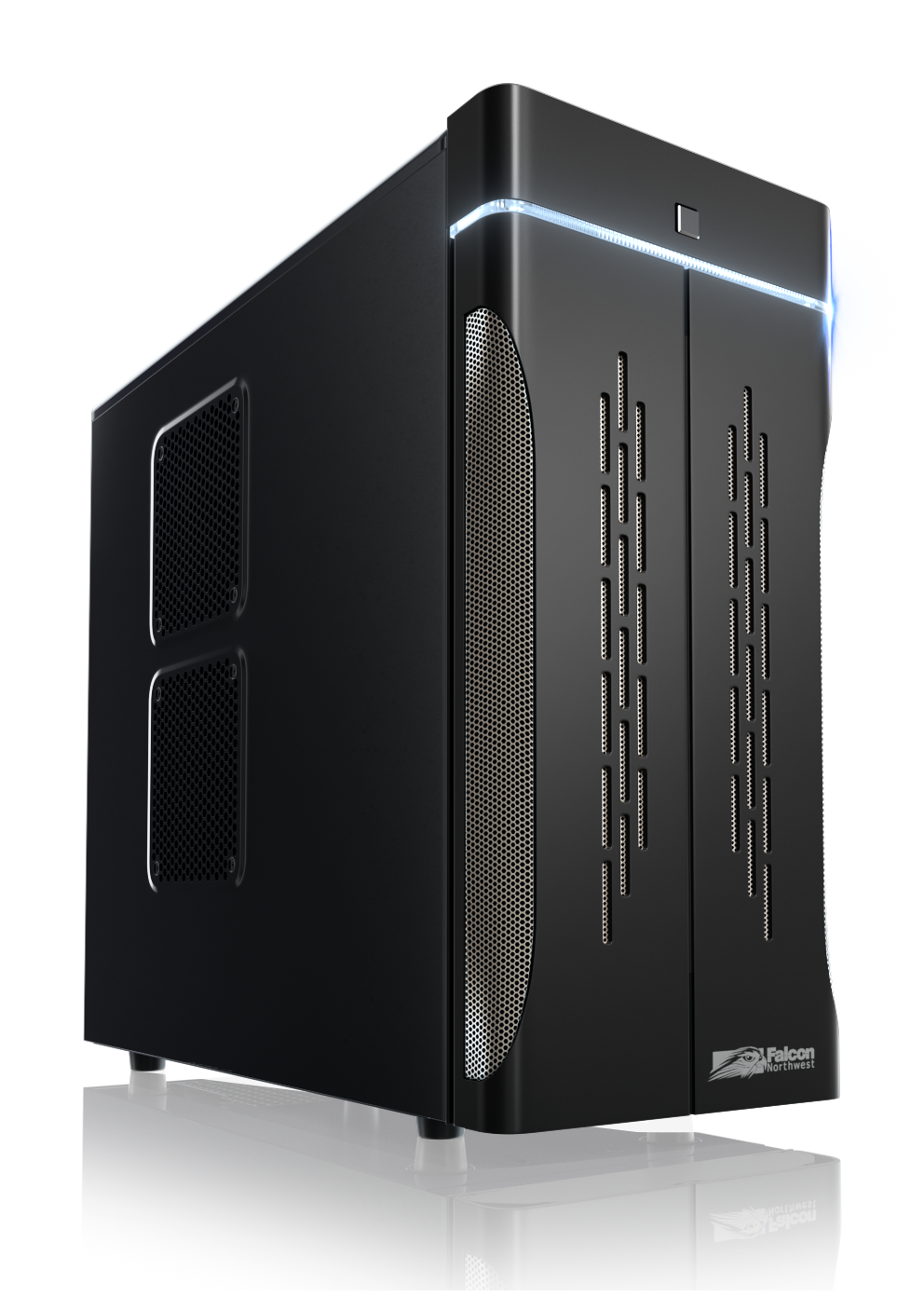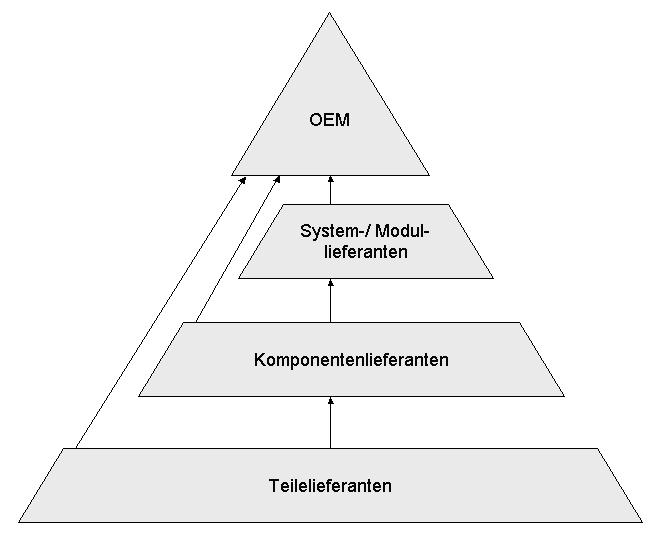|
IBM Aptiva
The IBM Aptiva personal computer was introduced in September 1994 as the replacement for the IBM PS/1. The first Aptiva models were based on the Intel 80486 CPU with later models using the Pentium and AMD CPUs. All systems were developed in-house except for the later E series which was developed by Acer. The last system was withdrawn in May 2001 without direct replacement when IBM decided to exit the home market. Customers were directed to the IBM NetVista, which was more targeted to business desktops. Most Aptiva models included a modem and a standby/hibernation feature called "Rapid Resume". Aptiva computers were typically sold as a bundle which included monitor, speakers, keyboard and mouse. First-generation models came with IBM PC DOS 6.3 and Windows 3.1. Pentium-generation Aptivas came with Windows 95 and OS/2 'select-a-system' (PC DOS 7/Windows 3.1 and OS/2 Warp) on selected models. Sound and modem functionality was provided on M, A, C and S models by an IBM Mwave adapter. ... [...More Info...] [...Related Items...] OR: [Wikipedia] [Google] [Baidu] |
Removable Disk
Expandable storage is a form of computer storage that is designed to be inserted and removed from a system. Some forms of removable media, such as optical discs, require a reader to be installed in the computer, while others, such as USB flash drives, have all the hardware required to read them built into the device, so only need a driver to be installed in order to communicate with the device. Using removable media poses some risks, including data theft and the introduction of malware. Examples of media that require a reader include: * Optical discs (Blu-rays, DVDs, CDs) * Memory cards (CompactFlash, Secure Digital, Memory Stick) * Floppy and Zip disks * Disk packs * Magnetic tapes * Paper data storage ( punched cards, punched tapes) Some removable media readers and drives are integrated into computers, others are themselves removable. Removable media may also refer to some removable storage devices, when they are used to transport or store data. Examples include: * USB f ... [...More Info...] [...Related Items...] OR: [Wikipedia] [Google] [Baidu] |
Microsoft Office
Microsoft Office, or simply Office, is the former name of a family of client software, server software, and services developed by Microsoft. It was first announced by Bill Gates on August 1, 1988, at COMDEX in Las Vegas. Initially a marketing term for an office suite (bundled set of productivity applications), the first version of Office contained Microsoft Word, Microsoft Excel, and Microsoft PowerPoint. Over the years, Office applications have grown substantially closer with shared features such as a common spell checker, Object Linking and Embedding data integration and Visual Basic for Applications scripting language. Microsoft also positions Office as a development platform for line-of-business software under the Office Business Applications brand. It contains a word processor (Word), a spreadsheet program (Excel) and a presentation program (PowerPoint), an email client (Outlook), a database management system (Access), and a desktop publishing app (Publisher). Office ... [...More Info...] [...Related Items...] OR: [Wikipedia] [Google] [Baidu] |
X86 IBM Personal Computers
x86 (also known as 80x86 or the 8086 family) is a family of complex instruction set computer (CISC) instruction set architectures initially developed by Intel based on the Intel 8086 microprocessor and its 8088 variant. The 8086 was introduced in 1978 as a fully 16-bit extension of Intel's 8-bit 8080 microprocessor, with memory segmentation as a solution for addressing more memory than can be covered by a plain 16-bit address. The term "x86" came into being because the names of several successors to Intel's 8086 processor end in "86", including the 80186, 80286, 80386 and 80486 processors. The term is not synonymous with IBM PC compatibility, as this implies a multitude of other computer hardware. Embedded systems and general-purpose computers used x86 chips before the PC-compatible market started, some of them before the IBM PC (1981) debut. , most desktop and laptop computers sold are based on the x86 architecture family, while mobile categories such as smartph ... [...More Info...] [...Related Items...] OR: [Wikipedia] [Google] [Baidu] |
Computer Tower
In personal computing, a tower is a form of desktop computer whose case height is much greater than its width, thus having the appearance of an upstanding tower block, as opposed to a traditional desktop or "pizza box" computer whose width is greater than its height and appears lying flat. Although a tower case may be placed on top of the desk alongside the monitor and other peripherals, a far more common configuration is to place the case on the floor below the desk or in an under-desk compartment, in order to save desktop space for other items. Multiple subclasses of the tower form factor have been established to differentiate their varying heights, including full-tower, mid-tower, midi-tower and mini-tower; these classifications are nebulously defined and inconsistently applied by different manufacturers, however. Computer systems housed in the horizontal form factor—once popularized by the IBM PC in the 1980s but fallen out of mass use since the 1990s—have been given ... [...More Info...] [...Related Items...] OR: [Wikipedia] [Google] [Baidu] |
Mwave
Mwave was a technology developed by IBM allowing for the combination of telephony and sound card features on a single adapter card. The technology centers around the Mwave digital signal processor (DSP). The technology was used for a time to provide a combination modem and sound card for IBM's Aptiva line and some ThinkPad laptops, in addition to uses on specialized Mwave cards that handled voice recognition or ISDN networking connectivity. Similar adapter cards by third-party vendors using Mwave technology were also sold. However, plagued by consumer complaints about buggy Mwave software and hardware, IBM eventually turned to other audio and telephony solutions for its consumer products. History Malcolm Ware, a former developer on Mwave, dates the technology back to its development in an IBM research lab in Zurich, Switzerland in 1979. The first prototype was tested in an IBM PC in 1981. After being utilized in some other adapter cards, Mwave was given its official name and ... [...More Info...] [...Related Items...] OR: [Wikipedia] [Google] [Baidu] |
Dell
Dell is an American based technology company. It develops, sells, repairs, and supports computers and related products and services. Dell is owned by its parent company, Dell Technologies. Dell sells personal computers (PCs), servers, data storage devices, network switches, software, computer peripherals, HDTVs, cameras, printers, and electronics built by other manufacturers. The company is known for how it manages its supply chain and electronic commerce. This includes Dell selling directly to customers and delivering PCs that the customer wants. Dell was a pure hardware vendor until 2009 when it acquired Perot Systems. Dell then entered the market for IT services. The company has expanded storage and networking systems. It is now expanding from offering computers only to delivering a range of technology for enterprise customers. Dell is a publicly-traded company (), as well as a component of the NASDAQ-100 and S&P 500. It is the 3rd largest personal computer vendor as ... [...More Info...] [...Related Items...] OR: [Wikipedia] [Google] [Baidu] |
Hewlett-Packard
The Hewlett-Packard Company, commonly shortened to Hewlett-Packard ( ) or HP, was an American multinational information technology company headquartered in Palo Alto, California. HP developed and provided a wide variety of hardware components, as well as software and related services to consumers, small and medium-sized businesses ( SMBs), and large enterprises, including customers in the government, health, and education sectors. The company was founded in a one-car garage in Palo Alto by Bill Hewlett and David Packard in 1939, and initially produced a line of electronic test and measurement equipment. The HP Garage at 367 Addison Avenue is now designated an official California Historical Landmark, and is marked with a plaque calling it the "Birthplace of 'Silicon Valley'". The company won its first big contract in 1938 to provide test and measurement instruments for Walt Disney's production of the animated film ''Fantasia'', which allowed Hewlett and Packard to formally esta ... [...More Info...] [...Related Items...] OR: [Wikipedia] [Google] [Baidu] |
Compaq
Compaq Computer Corporation (sometimes abbreviated to CQ prior to a 2007 rebranding) was an American information technology company founded in 1982 that developed, sold, and supported computers and related products and services. Compaq produced some of the first IBM PC compatible computers, being the second company after Columbia Data Products to legally reverse engineer the IBM Personal Computer. It rose to become the largest supplier of PC systems during the 1990s before being overtaken by Dell in 2001. Struggling to keep up in the price wars against Dell, as well as with a risky acquisition of DEC, Compaq was acquired for US$25 billion by HP in 2002. The Compaq brand remained in use by HP for lower-end systems until 2013 when it was discontinued. Since 2013, the brand is currently licensed to third parties for use on electronics in Brazil and India. The company was formed by Rod Canion, Jim Harris, and Bill Murto, all of whom were former Texas Instruments senior managers. ... [...More Info...] [...Related Items...] OR: [Wikipedia] [Google] [Baidu] |
Original Equipment Manufacturer
An original equipment manufacturer (OEM) is generally perceived as a company that produces non-aftermarket parts and equipment that may be marketed by another manufacturer. It is a common industry term recognized and used by many professional organizations such as SAE International, ISO, and others. However, the term is also used in several other ways, which causes ambiguity. It sometimes means the maker of a system that includes other companies' subsystems, an end-product producer, an automotive part that is manufactured by the same company that produced the original part used in the automobile's assembly, or a value-added reseller.Ken Olsen: PDP-1 and PDP-8 (page 3) , economicadventure.com Automotive parts When referring to auto parts, OEM refers to the manufactur ...[...More Info...] [...Related Items...] OR: [Wikipedia] [Google] [Baidu] |
CNet
''CNET'' (short for "Computer Network") is an American media website that publishes reviews, news, articles, blogs, podcasts, and videos on technology and consumer electronics globally. ''CNET'' originally produced content for radio and television in addition to its website and now uses new media distribution methods through its Internet television network, CNET Video, and its podcast and blog networks. Founded in 1994 by Halsey Minor and Shelby Bonnie, it was the flagship brand of CNET Networks and became a brand of CBS Interactive through that unit's acquisition of CNET Networks in 2008. It has been owned by Red Ventures since October 30, 2020. Other than English, ''CNETs region- and language-specific editions include Chinese, French, German, Japanese, Korean, and Spanish. History Origins After leaving PepsiCo, Halsey Minor and Shelby Bonnie launched ''CNET'' in 1994, after website Yahoo! was launched. With help from Fox Network co-founder Kevin Wendle and forme ... [...More Info...] [...Related Items...] OR: [Wikipedia] [Google] [Baidu] |
.jpg)


.jpg)

